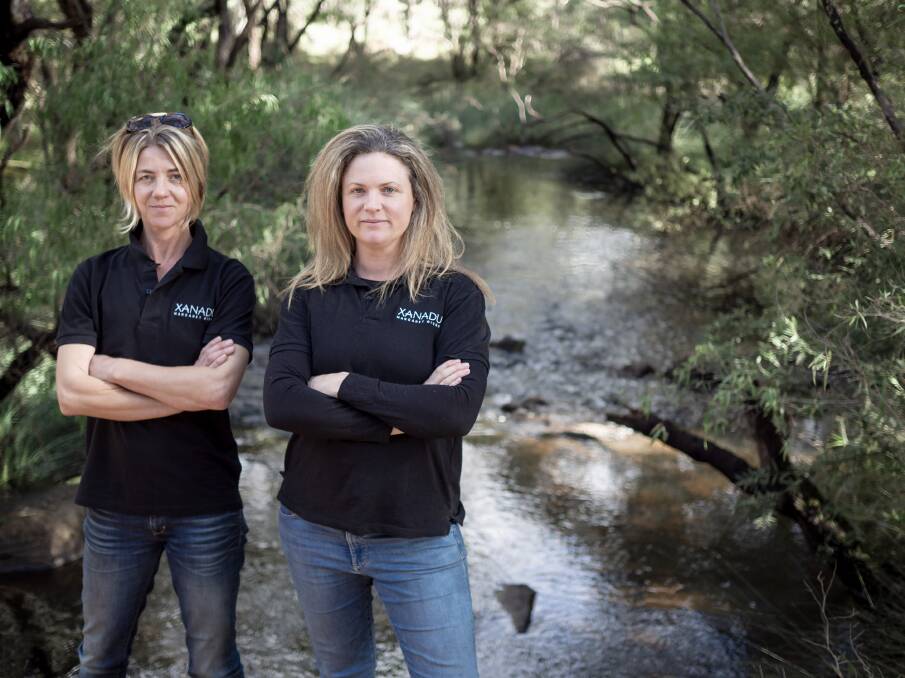
The potential impact of arum lilies on marri tree health has been identified as a concern by viticulturists in the Margaret River region.
The importance of marri trees to the viticulture industry is well recognised as flowering trees significantly decrease bird pressure on ripening grapes.
Arum lily has been identified as a concern as this invasive weed outcompetes native understory plants, forms dense monocultures and disrupts the natural balance of local ecosystems.
With marri tree health generally in decline in the region the focus is on all actions that can be taken to protect these important trees.
Xanadu Wines viticulturist Suzie Muntz said more birds were feeding on her grapes each year and 2018 was the worst in her 12 years with the company.
"The silvereye's preferred food source is marri, but when that doesn't blossom, the next food source becomes the grapes," she said.
"Last year was the worst. Red and whites were ripening at the same time so it was a massive task netting them all."
Forest pathologist and Murdoch University Professor Giles Hardy confirmed marri trees, particularly in the Margaret River region, were struggling.
He said almost every tree had a "canker", which occurred when trees became stressed and a fungus already present in the tree became a pathogen.
Professor Hardy said while arum lilies were not the only threat to the keystone species, the prolific weed's impact on forest understorey was likely worsening the situation.
"When we lose the understorey - whether it's from grazing, too frequent fires, pathogens, diseases or weeds - we start to see a decline in tree health," he said.
"Less understorey affects the fauna, from reptiles all the way through to marsupials and birds; you have more insect species, like psyllids that start attacking the leaves and plants; and it disturbs the microflora, which is very important to the health of trees."
As well as forcing hungry silvereyes onto vineyards, AHA viticulture co-director Jim Campbell-Clause said the arum lily was a direct problem for local wineries.
"I think most of the vineyards try to do the right thing and control them," he said.
"But they're a horrible beast; they just take over."
Nature Conservation Margaret River Region project officer Genevieve Hanran-Smith said the potential impact of arum lilies on one of the region's biggest industries highlights the need for widespread participation in the region's Arum Lily Blitz.
Backed by more than $340,000 in funding over three years from the WA Government's State Natural Resource Management Program, the blitz will involve comprehensive monitoring and control programs; free herbicide, training and resources for landholders; and a widespread awareness campaign.
Despite frustrations about what appeared to be a resistance by some to act, Ms Muntz hoped a targeted, cohesive program would make a difference.
"It's frustrating when people say it's beautiful, then I spend a good part of the year trying to cull lilies," she said.
"I just hope that as a community everyone can jump on board so we can keep the remnant vegetation in its original state."
Free herbicide and assistance is available from Nature Conservation.
To register for the blitz and get information on arum lily control, go to www.natureconservation.org.au or contact Genevieve on 9757 2202.

